Text to video AI refers to artificial intelligence technology that can convert written text into video content. This innovative tool utilizes natural language processing and machine learning algorithms to analyze and interpret text input, then generates corresponding video output based on the content provided.
By leveraging advanced AI capabilities, text to video AI can automatically create engaging and visually appealing videos from textual information, making it a valuable resource for content creators, marketers, educators, and businesses looking to enhance their multimedia content production.
This technology can be used to streamline the video creation process, save time and resources, and reach a wider audience through dynamic and interactive video content. Text to video AI can also be customized to suit specific requirements, allowing users to tailor the style, tone, and visual elements of the generated videos to align with their branding or messaging.
Overall, text to video AI represents a powerful tool for transforming text-based content into compelling video presentations, offering a convenient and efficient solution for content creation in the digital age.
How does text to video ai convert written text into videos?
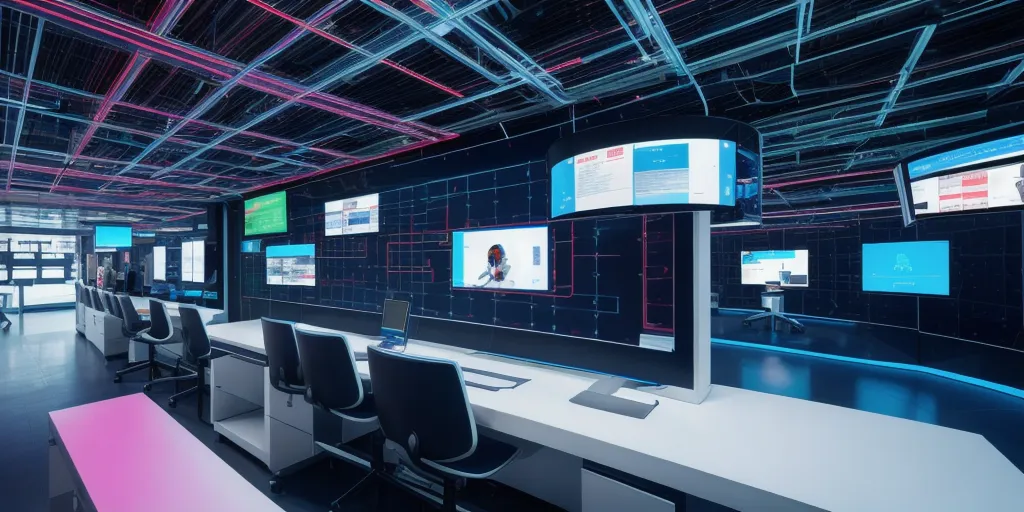
Text to video AI utilizes advanced algorithms and machine learning techniques to convert written text into videos seamlessly. The process begins by analyzing the written text to identify key elements such as keywords, tone, and context.
The AI then generates a storyboard based on this analysis, determining the visual elements and transitions that will best complement the text. Next, the AI selects appropriate images, videos, and animations to bring the text to life, ensuring that the visuals align with the message and tone of the content.
Through the use of natural language processing and computer vision, the AI is able to create a cohesive and engaging video that accurately represents the written text. Additionally, text to video AI can incorporate voiceovers, music, and other audio elements to enhance the viewer’s experience.
Overall, text to video AI streamlines the process of converting written content into videos, offering a time-efficient and effective solution for content creators looking to engage their audience through multimedia formats.
What technology is used to create video content from text input?
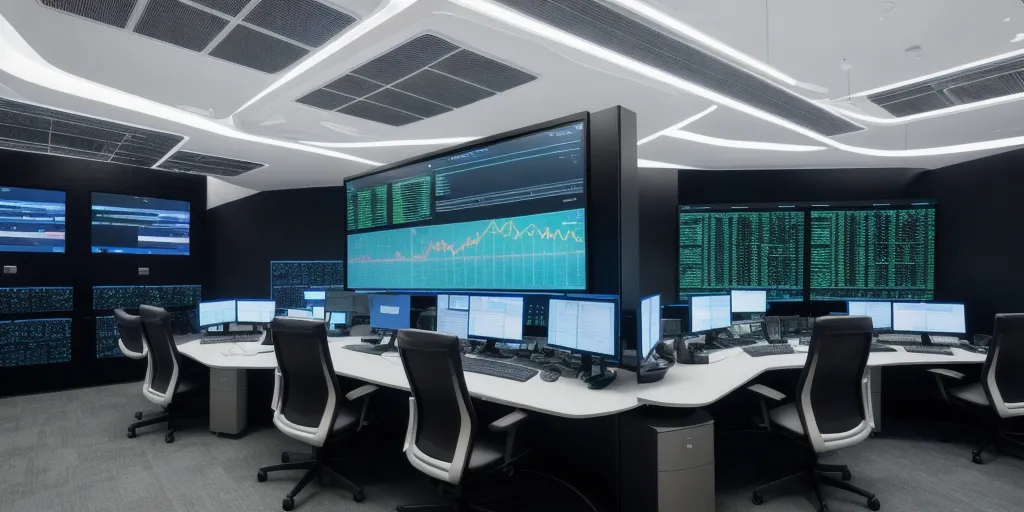
The technology used to create video content from text input is known as text-to-video synthesis. This innovative technology utilizes natural language processing (NLP) and artificial intelligence (AI) algorithms to convert written text into video content.
By analyzing the text input, the system can generate corresponding visuals, animations, and audio elements to create a cohesive and engaging video. Text-to-video synthesis technology has advanced significantly in recent years, allowing for the creation of high-quality videos with minimal human intervention.
This technology is commonly used in various applications, such as automated video production, content creation, and video marketing. By leveraging text-to-video synthesis technology, content creators and marketers can efficiently produce video content at scale, saving time and resources.
Overall, text-to-video synthesis technology represents a powerful tool for transforming written content into visually compelling videos, expanding the possibilities for storytelling and communication in the digital age.
How can text to video ai benefit content creators and marketers?
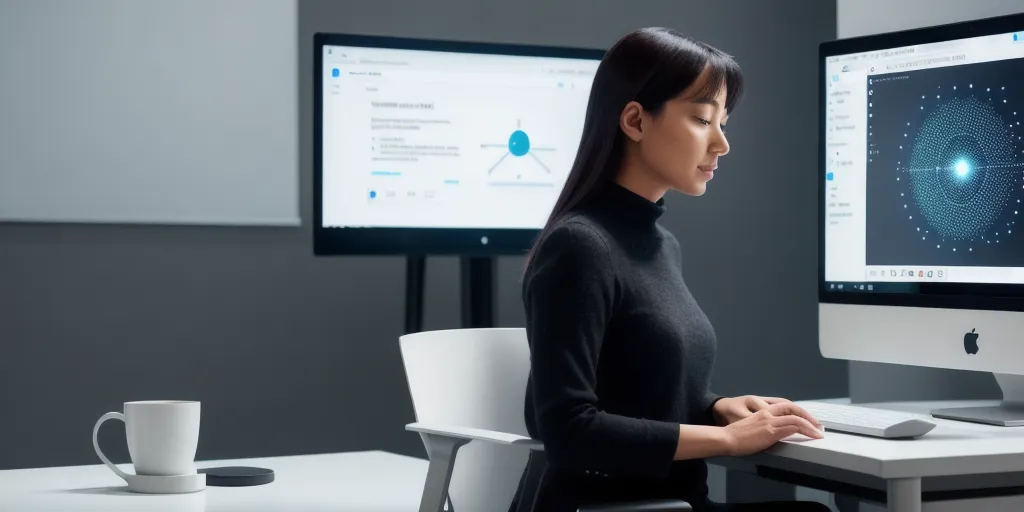
Text to video AI can greatly benefit content creators and marketers by providing a more engaging and dynamic way to present information to their audience. By utilizing this technology, content creators can easily transform their written content into visually appealing videos, making it more accessible and appealing to a wider audience.
This can help increase viewer engagement and retention, ultimately leading to higher conversion rates and improved brand awareness. Additionally, text to video AI can save content creators and marketers valuable time and resources by automating the video creation process, allowing them to focus on other aspects of their content strategy.
This technology also enables content creators to experiment with different video styles and formats, helping them to better understand what resonates with their audience and optimize their content accordingly.
Overall, text to video AI offers content creators and marketers a powerful tool to enhance their content strategy, drive engagement, and achieve their marketing goals more effectively.
In what ways can text to video ai streamline the video creation process?
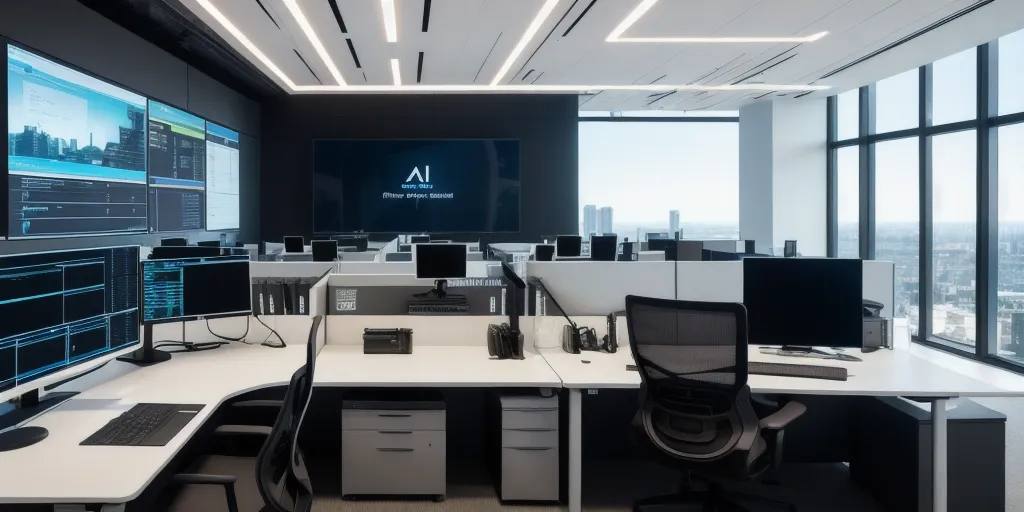
Text to video AI can streamline the video creation process in several ways. Firstly, by utilizing AI technology, text can be automatically converted into video content, saving time and effort for content creators. This eliminates the need for manual video editing, as the AI can generate visuals, animations, and transitions based on the text input.
Additionally, AI can help in selecting appropriate images, videos, and music to complement the text, ensuring a cohesive and engaging final product. Furthermore, text to video AI can also assist in the process of scriptwriting by generating scripts based on the text input, providing a foundation for the video creation process.
This can help in organizing the content and ensuring that the video effectively conveys the intended message. Overall, text to video AI streamlines the video creation process by automating tasks, improving efficiency, and enhancing the overall quality of the final product.
By leveraging AI technology, content creators can save time, reduce manual labor, and produce high-quality videos more effectively.
How can users customize the visual elements of videos generated by text to video ai?
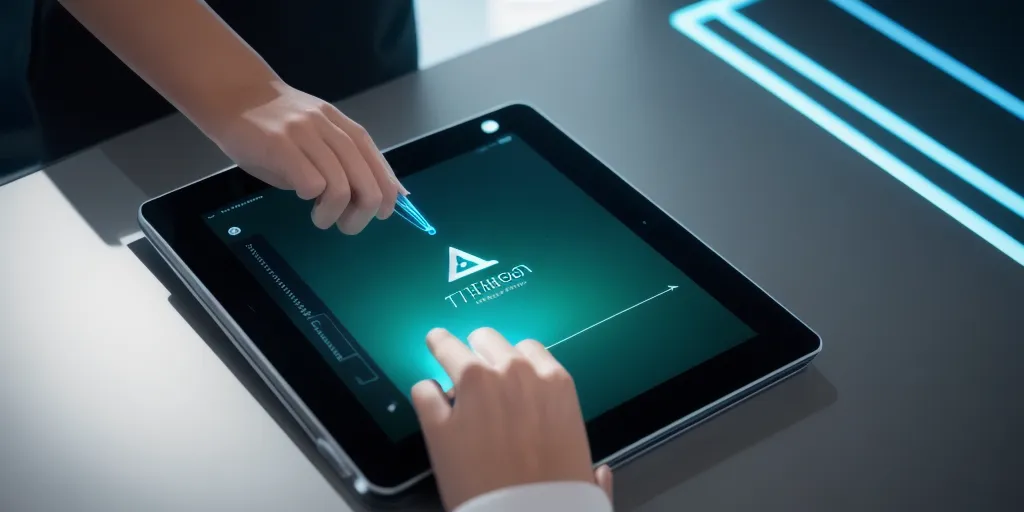
Users can customize the visual elements of videos generated by text to video AI by utilizing various features and tools provided by the software. One way to customize the visuals is by selecting different themes or templates that suit the content and style of the video.
Users can also adjust the color scheme, font styles, and animations to create a unique and engaging video. Additionally, users can add images, logos, and other graphics to enhance the visual appeal of the video. Another way to customize the visuals is by editing the transitions between scenes, adding text overlays, and incorporating special effects.
Users can also adjust the speed of the video, add background music, and include voiceovers to further personalize the content. Overall, by exploring the different customization options available in text to video AI software, users can create visually stunning and professional-looking videos that effectively convey their message to the audience.